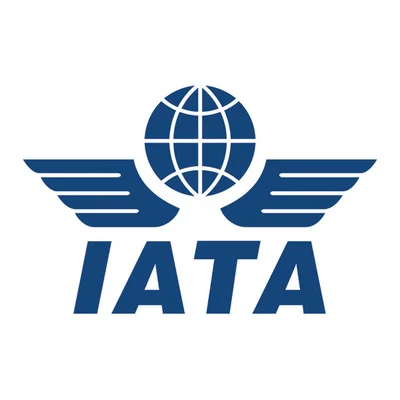On November 15th, General Electric Aerospace and NASA announced a partnership to study the aviation industry's impact on climate change through contrails. The initiative, known as the Contrail Optical Depth Experiment (CODEX), commenced flight tests on November 18th. These tests involve a Boeing 747-400 from General Electric and a modified Gulfstream GIII business jet from NASA's Langley Research Center.
The CODEX program aims to understand contrails' effects by using Light Detection and Ranging (LiDAR) sensors on the NASA aircraft to create three-dimensional images of contrails produced by the GE aircraft engines. Dr. Rich Wahls, Manager of NASA's Sustainable Flight National Partnership, expressed enthusiasm for the collaboration: "NASA is advancing the scientific understanding of contrails to improve our confidence in future operational contrail management decisions that consider overall climate impact and economic trades. We are thrilled to once again work with our collaborator, GE Aerospace, on this first-of-its-kind flight experiment."
This project is expected to benefit both organizations. NASA seeks to enhance its imaging processes using LiDAR technology, having previously succeeded with similar tests involving other aircraft. Meanwhile, GE will use data from these tests to develop future engine technologies as part of its Revolutionary Innovation for Sustainable Engines (RISE) program with Safran.
 Alerts Sign-up
Alerts Sign-up




































